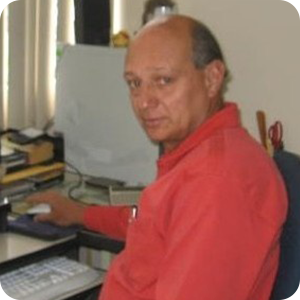Given that the pandemic and drought have affected crop farming, food production and main distribution chains, specialists have turned their attention to other, less resource-consuming methods and shorter value chains. One of those methods is the concept of indoor vertical farming which is possible today thanks to advanced technologies. Vertical indoor farms offer multiple advantages, including the limited space required – often in urban premises – and also absolute control over the factors that influence plant development, such as light and water. In this context, many wonder if vertical farming could become one of the solutions that can put climate change on pause and end world hunger. Let’s see what international agricultural experts think in this regard.
Key Takeaways:
- Vertical farming aims to be significantly more efficient and sustainable than traditional farming
- In vertical farms, pesticides are not used during production. The necessary nutrition for the plants is provided by means of the nutrient substrate or directly from water enriched with nutrients.
- According to Grand View Research, the global vertical farming market is expected to grow from US$5.37 billion in 2021 to US$33.02 billion by 2030.
- However, agricultural experts are skeptical whether vertical farming has the power to fight climate change or end world hunger.
DevelopmentAid: What are the biggest pros and cons of vertical farming?

“Vertical farming is a tool which is relatively easy to handle, but which comes at a cost that not all farmers can afford. Moreover, the big issue is access to water (in terms of quality and quantity); thus, in cities that have problems with water, this is not a solution. Also, depending on the size and on the products (vegetables are more appropriate), vertical farming can save space; however, the salt accumulation tends to decrease production and more water and new soil replacement is needed.”

“There are no pros to vertical farming. Real-world examples have already sufficiently demonstrated that the LED power requirements are beyond economical, “fair”, reasonable, and particularly beyond “sustainable” use.”
DevelopmentAid: Is vertical farming the solution to halt climate change and end world hunger? Argue your position.

“Climate change is not fiction. It is a reality that causes severe changes in agriculture. Farmers need to accommodate new planting schemes (especially on sites dependent on rain – patterns of precipitations as well as temperature). Researchers need to work on crop production with new varieties that are tolerant of high temperatures as well as less water. Vertical farming can be efficient in countries of relatively small size and with agriculture based on greenhouse production. However, with crops that need extensive areas, this becomes a problem.”

“Only 10-15% of all innovations in agriculture survive beyond a few years. This is not because agriculture is “conservative” but because the majority of innovations are not sustainable, not sustainable environmentally, not sustainable financially and not sustainably improving and increasing food production.”
If you are an agricultural expert, check out more than 150 job opportunities related to this field here. Become a DevelopmentAid Individual Professional Member to be able to access and read all the details of the open positions on the list.

